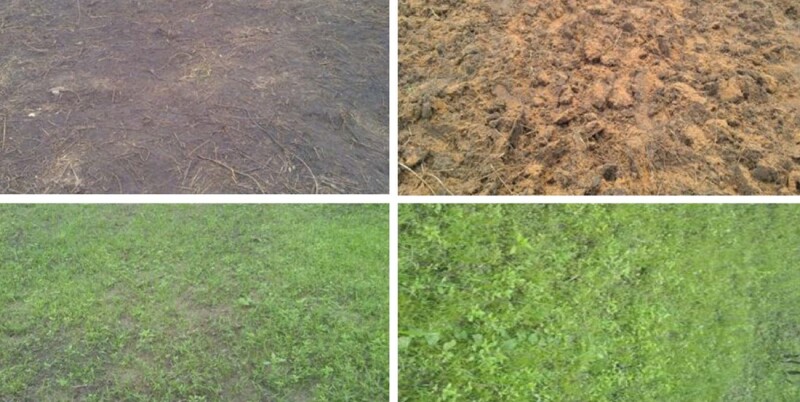In this research, oil-degrading microorganisms were produced and immobilized in a local cellulosic material—coconut fiber—and the immobilized product was applied for the bioremediation of soil contaminated with crude oil.
Coconut fiber was collected, processed, and characterized for selected relevant parameters (physicochemical properties) that make it suitable as a carrier for the oil-degrading microorganisms. The oil-degrading microorganisms were produced from stock culture through an enrichment method and characterized. A bioreactor was designed and locally fabricated, and the crude oil microorganisms were mass produced by the use of the bioreactor. The petroleum-degrading bacteria were immobilized in the coconut fiber, which was applied for the bioremediation of oil-contaminated soil.
A parcel of land with an area of 144 m2 was contaminated with 380 L of Escravos light crude oil and treated. Two weeks after contamination, the land was tilled to a depth of 15 cm with garden fork and petroleum-degrading bacteria immobilized in coconut fibers (at a ratio of 1:1) were applied to the soil.
Soil samples were collected weekly for laboratory analysis of hydrocarbon content, physicochemical properties, and microbial count of the treated soil determined by gas chromatography and other methods of analysis. The results showed that approximately 91.29% of the hydrocarbon content in the original crude oil was removed after 7 weeks of treatment.
The percentage of total petroleum hydrocarbon; polycyclic aromatic hydrocarbons; and benzene, toluene, ethyl benzene, and xylene degraded in the contaminated soil were 83.01%, 95.86%, and 95.02% respectively. Results obtained demonstrated the effectiveness of immobilized hydrocarbon degrader in treatment of crude oil pollution.

